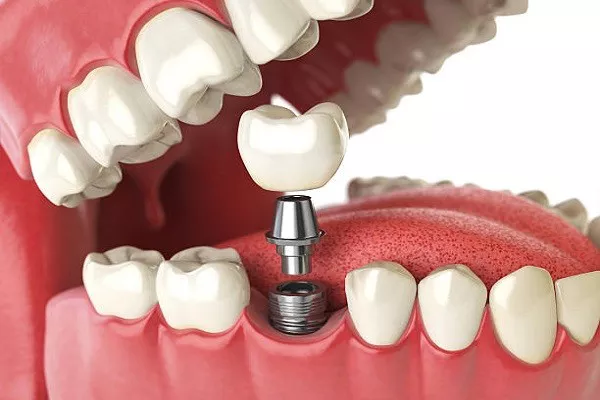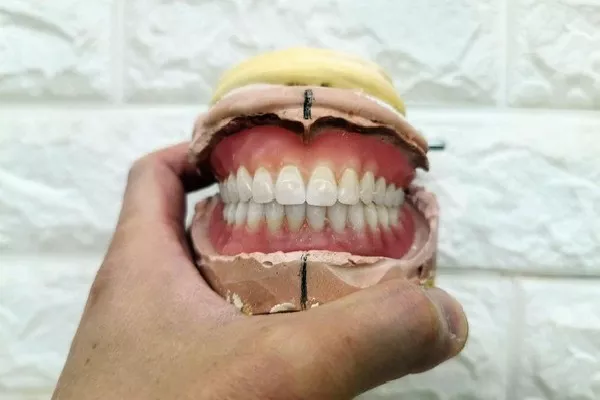Dental implants are a popular and effective option for replacing missing teeth. There are three main types of dental implants that are commonly used in dental practice:
Endosteal Implants: Endosteal implants are the most common type of dental implant. These implants are made of titanium and are surgically placed directly into the jawbone. They are typically shaped like small screws and serve as artificial tooth roots.
Subperiosteal Implants: Subperiosteal implants are a less common type of dental implant. These implants are placed on top of the jawbone, but beneath the gum tissue. They are typically used when a patient does not have enough healthy jawbone to support an endosteal implant.
Zygomatic Implants: Zygomatic implants are a specialized type of dental implant that are used in cases where the patient has severe bone loss in the upper jaw. These implants are placed into the cheekbone (zygoma) instead of the jawbone.
Each type of dental implant has its own advantages and disadvantages. Endosteal implants are the most commonly used type of implant and offer excellent stability and durability. Subperiosteal implants are less invasive and can be a good option for patients with limited bone density. Zygomatic implants are a specialized option for patients with severe bone loss in the upper jaw.
When considering dental implants, it is important to consult with your dentist or oral surgeon to determine which type of implant is right for you. Factors such as your oral health, bone density, and aesthetic preferences should all be taken into consideration when deciding on the type of implant to use.
In conclusion, there are three main types of dental implants: endosteal, subperiosteal, and zygomatic. Each type of implant has its own advantages and disadvantages, and the decision on which implant to use depends on individual circumstances. Consulting with a dental professional is the best way to determine which type of implant is right for you.
































